As climate change is heating coastal waters and destroying ecosystems, more sharks are hunting for food closer and closer to shore.
In or Out of the Water?
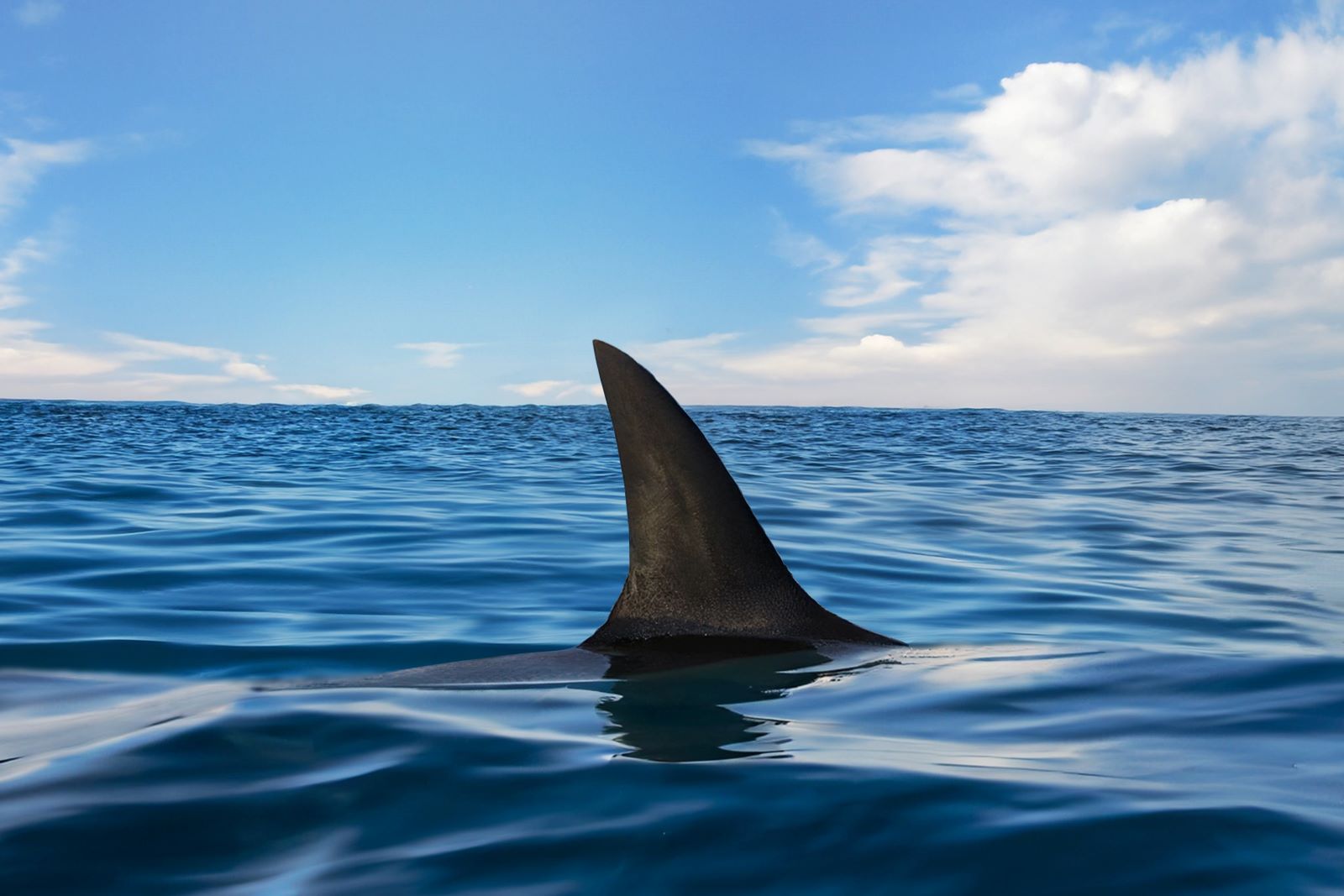
Image Credit: Shutterstock / mapush
As if excessive temperatures and runaway wildfires weren’t enough, Americans are now being warned about an upsurge in shark attacks, especially around the Texas- and Florida coasts.
Various people were attacked last week as celebrations for Independence Day got underway.
In the Shallows
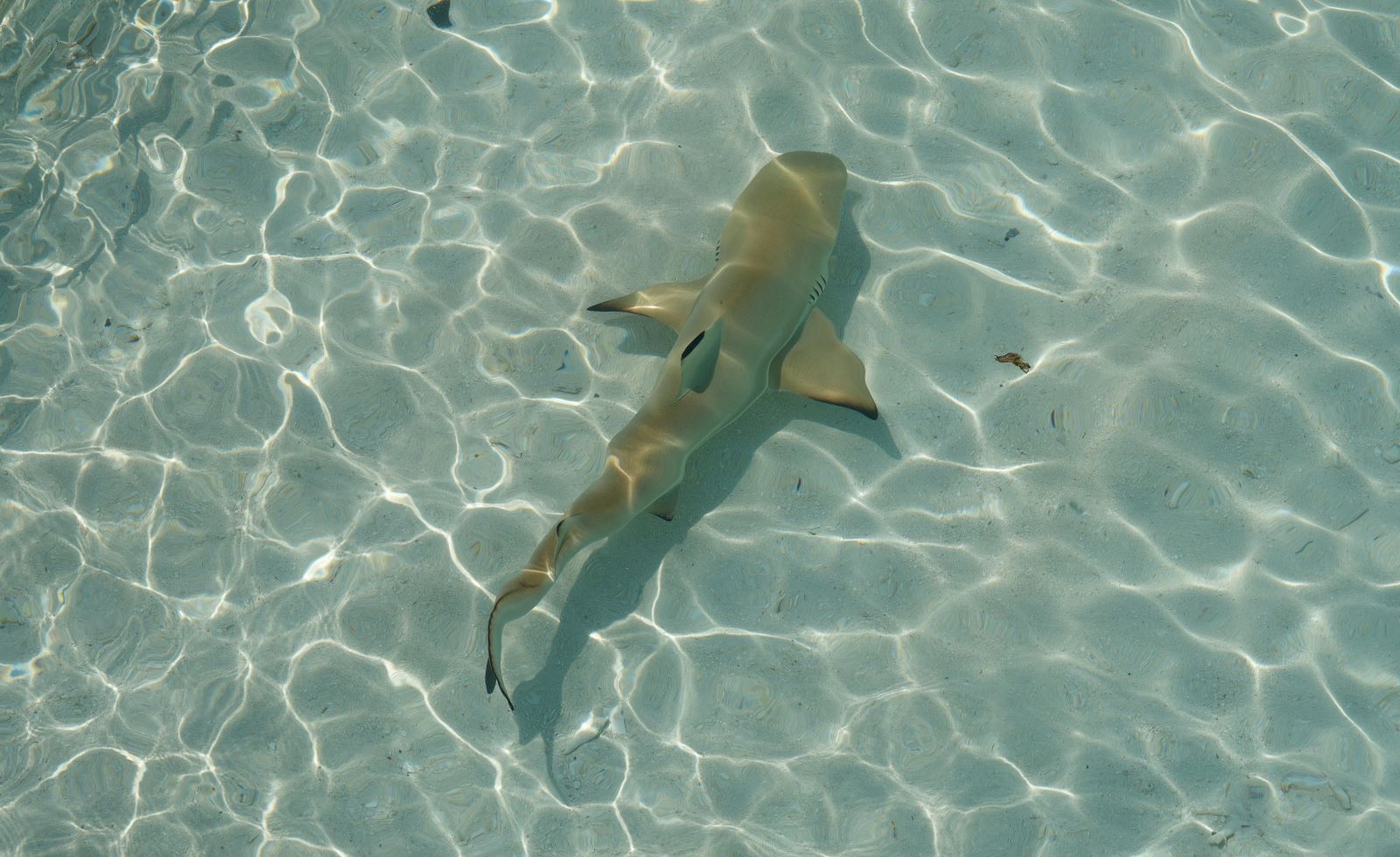
Image Credit: Pexels / Viktoriia Harber
On Thursday, a 21-year-old man from Ohio was playing football in knee-deep water at Florida’s New Smyrna Beach when he was bitten on his foot.
The next day, a shark attacked a 26-year-old man at the same beach. The attack happened around 4:15 p.m. while the man was floating in an inner tube in water not much deeper than five feet.
Not Too Bad

Image Credit: Shutterstock / Salivanchuk Semen
According to Tamra Malphurs, interim director of Volusia County Beach Safety Ocean Rescue, neither man’s injuries were life-threatening.
In Texas, Too

Image Credit: Pexels / mali maeder
Meanwhile, in Texas, four swimmers off South Padre Island had close encounters with a shark during last week’s Independence Day holiday.
Just a Bite

Image Credit: Shutterstock / Bacho
As per a statement by the Texas Parks and Wildlife Department, “Details at this time indicate that two people were bitten and two people encountered the shark but were not seriously injured”.
No Deaths

Image Credit: Shutterstock / wellphoto
According to reports delivered to CNN, a third person was injured – although not seriously – while trying to help one of the bite victims.
Another swimmer reported that they felt a shark brush against them while in the water.
Nothing Personal

Image Credit: Shutterstock / Juice Flair
The Texas Parks and Wildlife Department said in their statement: “Shark encounters of this nature are not a common occurrence in Texas”.
They added: “When bites from sharks do occur, they are usually a case of mistaken identity by sharks looking for food”.
In Other States

Image Credit: Shutterstock / Chay_Tee
This year has already seen no fewer than 28 reported shark attacks in the US, according to the website Tracking Sharks.
Since June 2nd, various other incidents have also occurred, including a Californian man being injured by a great white shark, as well as a man in Hawaii killed in a shark attack.
An Uptick in Attacks?

Image Credit: Shutterstock / Pressmaster
Although often rare, there has been a dramatic rise in shark attacks in recent years. As per The Business Standard, the last time the US faced such an increase was in 1934.
The More You Know…

Image Credit: Shutterstock / smolaw
Meanwhile, the International Shark Attack File, which is run out of the University of Florida, states that, since 2012, fewer than 10 shark bites have been reported in Texas.
But Florida has already reported 259 bites, with Hawaii listing 76, South Carolina 45, North Carolina 31, and California 29.
A Change in Climate
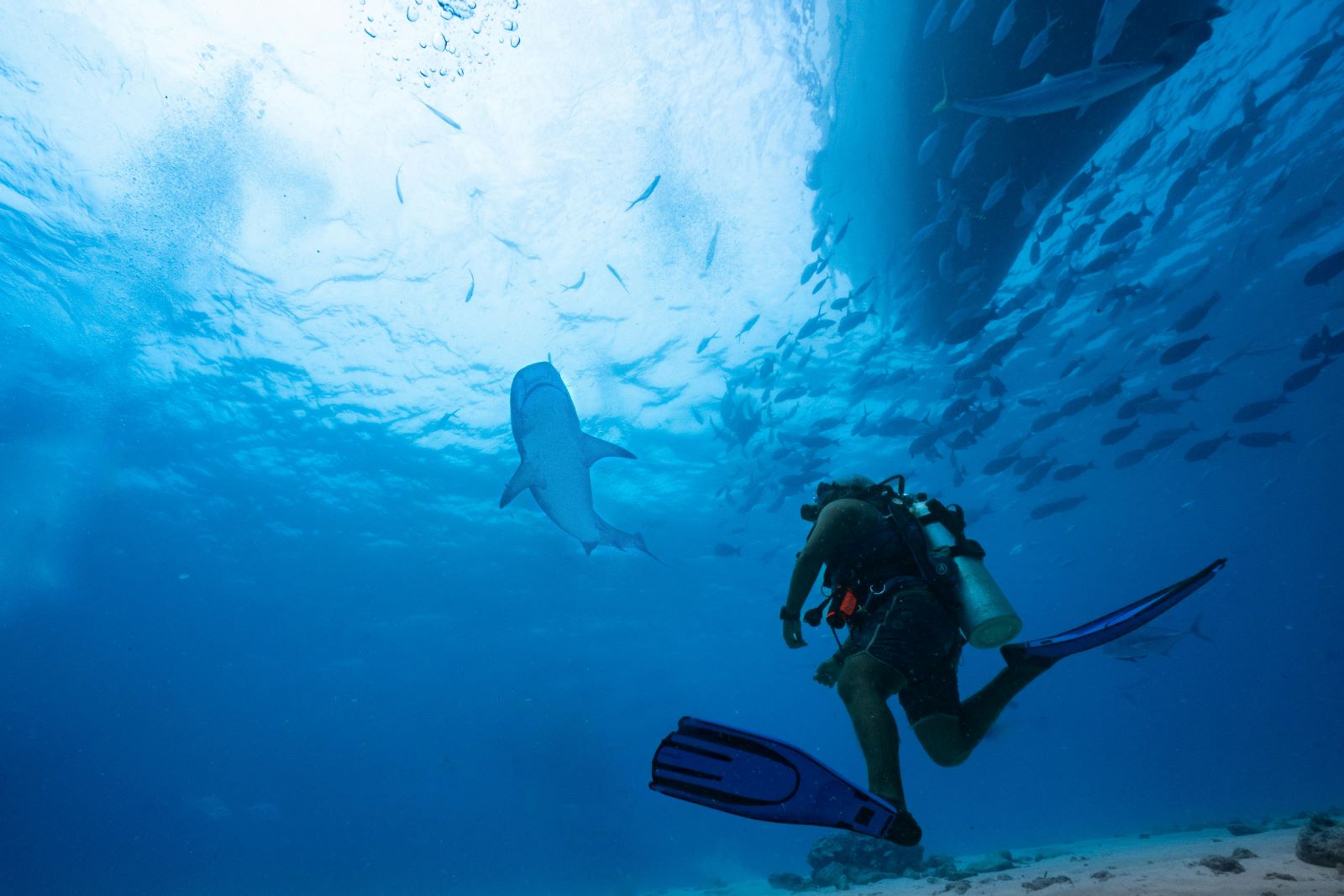
Image Credit: Pexels / Pexels User
Shark experts speculate that the reason for the dramatic rise in shark bites is due to the ongoing climate crisis.
Global Water Warming
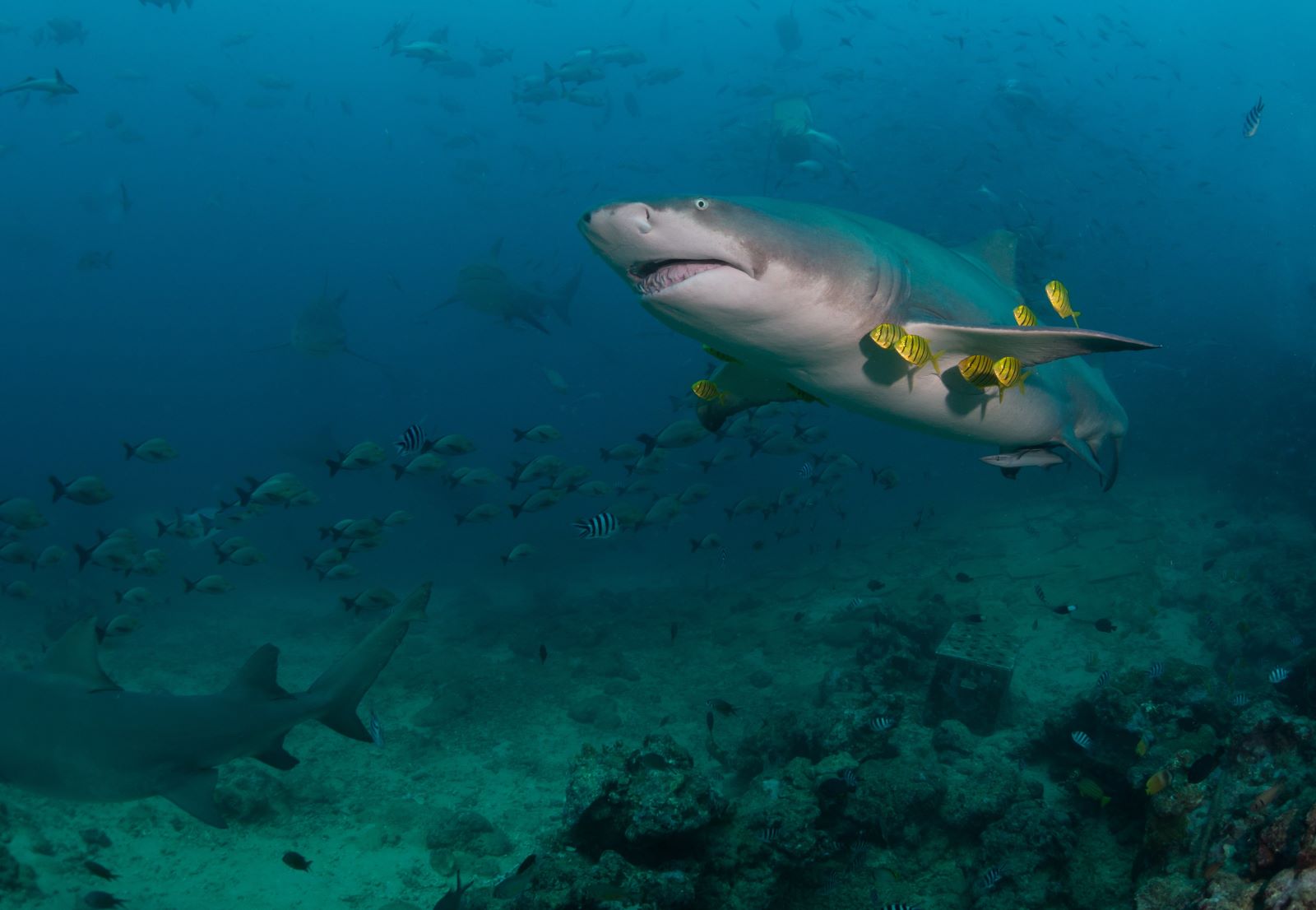
Image Credit: Shutterstock / Aquarius Traveller
According to scientists and researchers, the number of bull sharks, one of the most aggressive species (along with great white sharks and tiger sharks), has increased substantially over the past two decades – and it’s all due to warmer seawater.
The Alabama Study

Image Credit: Shutterstock / Pressmaster
As per a study published in March in Scientific Reports, the increase in sea surface temperatures over the past 20 years has resulted in a five-fold increase in the number of juvenile bull sharks in Mobile Bay, an estuary in Alabama.
Focused on Bull Sharks
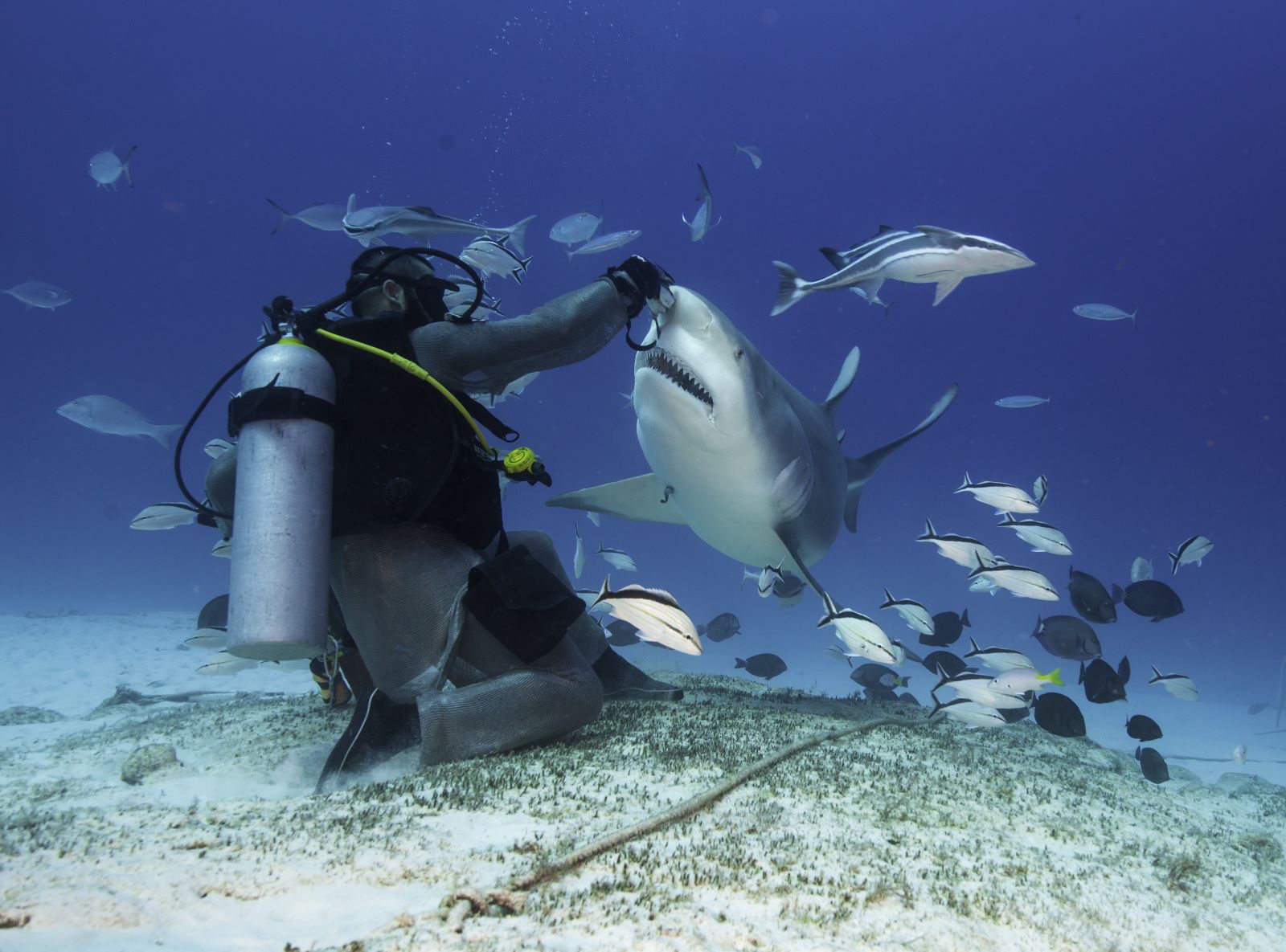
Image Credit: Shutterstock / wildestanimal
Using data collected from 440 bull sharks captured and released during surveys conducted between 2003 and 2020 by the Alabama Department of Conservation and Natural Resources, researchers were able to measure changes in the distribution and abundance of bull sharks in Mobile Bay.
Coincidence?
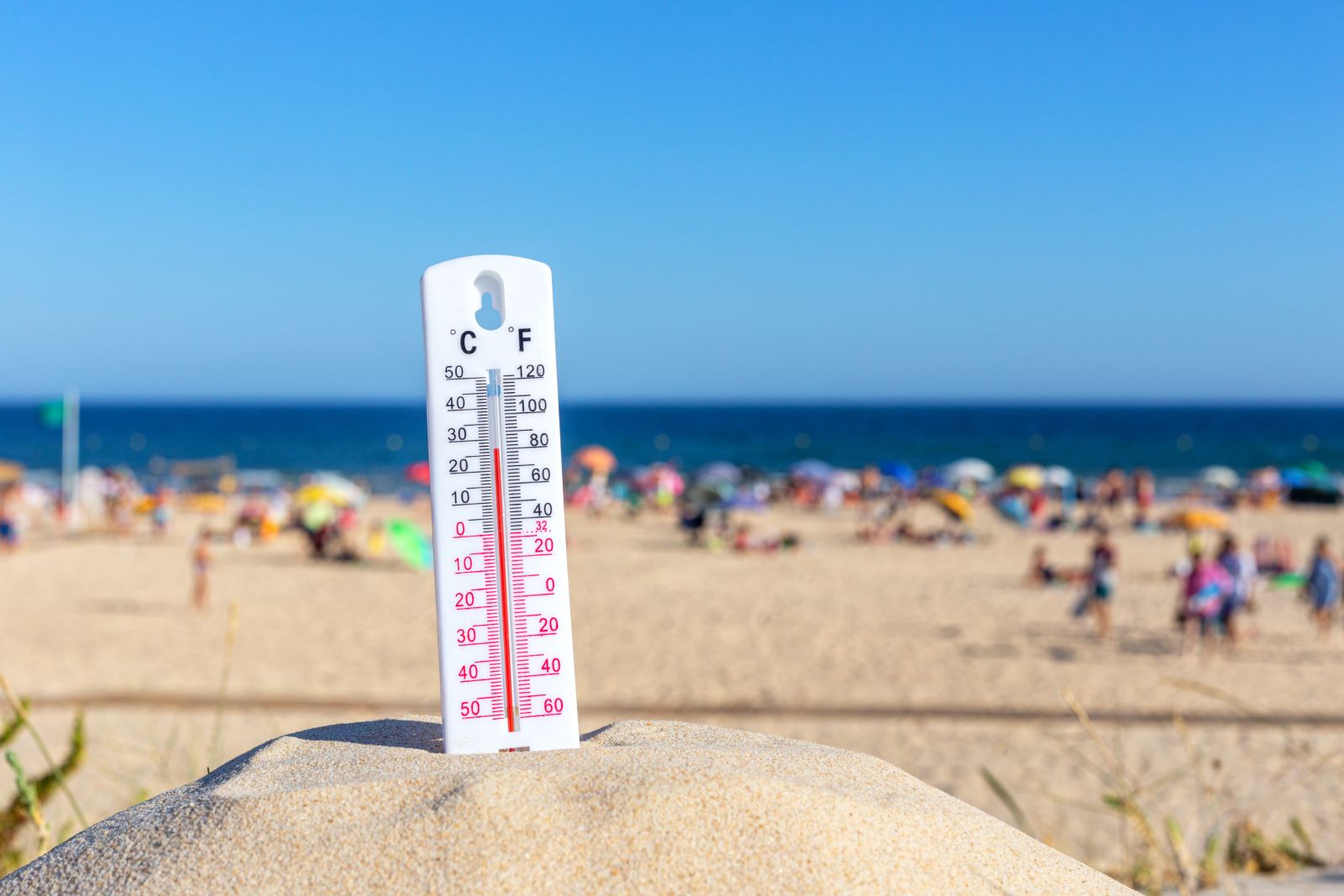
Image Credit: Shutterstock / Serhiy Stakhnyk
The boost in shark population coincided with the rise of Mobile Bay’s water temperature from 72.1 degrees Fahrenheit in 2001 to 73.4 degrees Fahrenheit in 2020.
Certainly Not

Image Credit: Shutterstock / insta_photos
In October 2023, a study showed that great white sharks off the US West Coast are being pushed northwards due to climate-change-driven warming seas.
Moving Upwards
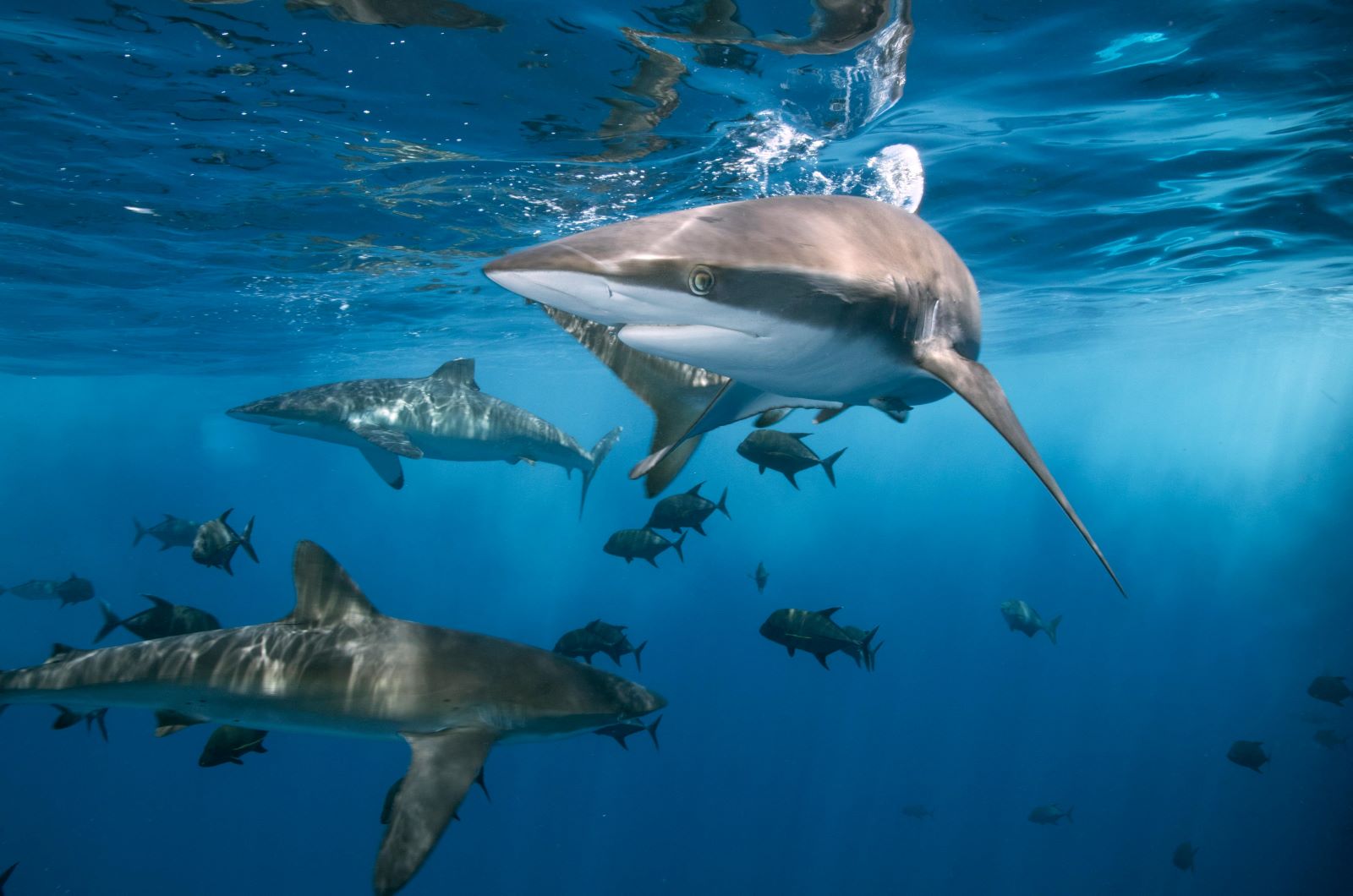
Image Credit: Pexels / Mile Ribeiro
“We documented the sudden occurrence of much smaller sharks than had ever been seen here before,” says marine ecologist Salvador Jorgensen of California State University Monterey Bay. “As ocean temperatures have been warming through a series of El Ninos, and heat waves, many species have been shifting their range further north, further towards what were historically cooler areas”.
More and More

Image Credit: Pexels / Ben Phillips
Where juvenile white sharks were usually found only as far north as South Carolina, they are showing up in bigger numbers much further north, including in Central California’s Monterey Bay.
Some of the Biggest

Image Credit: Pexels / LuckyStep
Great white sharks are known as one of the largest shark species on earth, as they grow up to 20 feet long and weigh up to a massive 5,000 pounds.
The Fins are Following

Image Credit: Shutterstock / Suncoast Aerials
Unlike many cold-blooded shark species, great whites are warm-blooded, which means juvenile sharks are more sensitive to colder water and prefer to mature off the coast in milder temperatures.
But as warmer waters are moving northwards thanks to climate change, so are the sharks.
Oil Dumping Scandal Rocks Ships Heading to New Orleans

Image Credit: Shutterstock / Aerial-motion
Two shipping companies have been fined after knowingly hiding a large oil spill in the Atlantic Ocean. Oil Dumping Scandal Rocks Ships Heading to New Orleans
20 Eye-Opening Realities Facing Retiring Baby Boomers

Image Credit: Shutterstock / Jack Frog
As Baby Boomers approach retirement, the promise of leisure and security often seems unattainable. This generation faces unique challenges that could redefine retirement. Here’s a stark look at the realities shaping their outlook. 20 Eye-Opening Realities Facing Retiring Baby Boomers
Retail Apocalypse: Massive Closures Sweep Across U.S. Brands

Image Credit: Shutterstock / Tada Images
Stores across the U.S. are closing at unprecedented levels, according to new research from advisory firm Coresight Research. Read on for more information about the impact this could have on you and your communities. Retail Apocalypse: Massive Closures Sweep Across U.S. Brands
The post Increased Shark Attacks? Blame Global Warming, Scientists Say first appeared on EcoHugo.
Featured Image Credit: Shutterstock / chatchai kusolsinchai.


